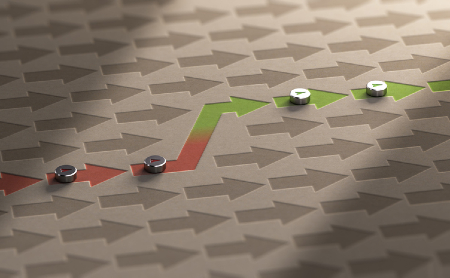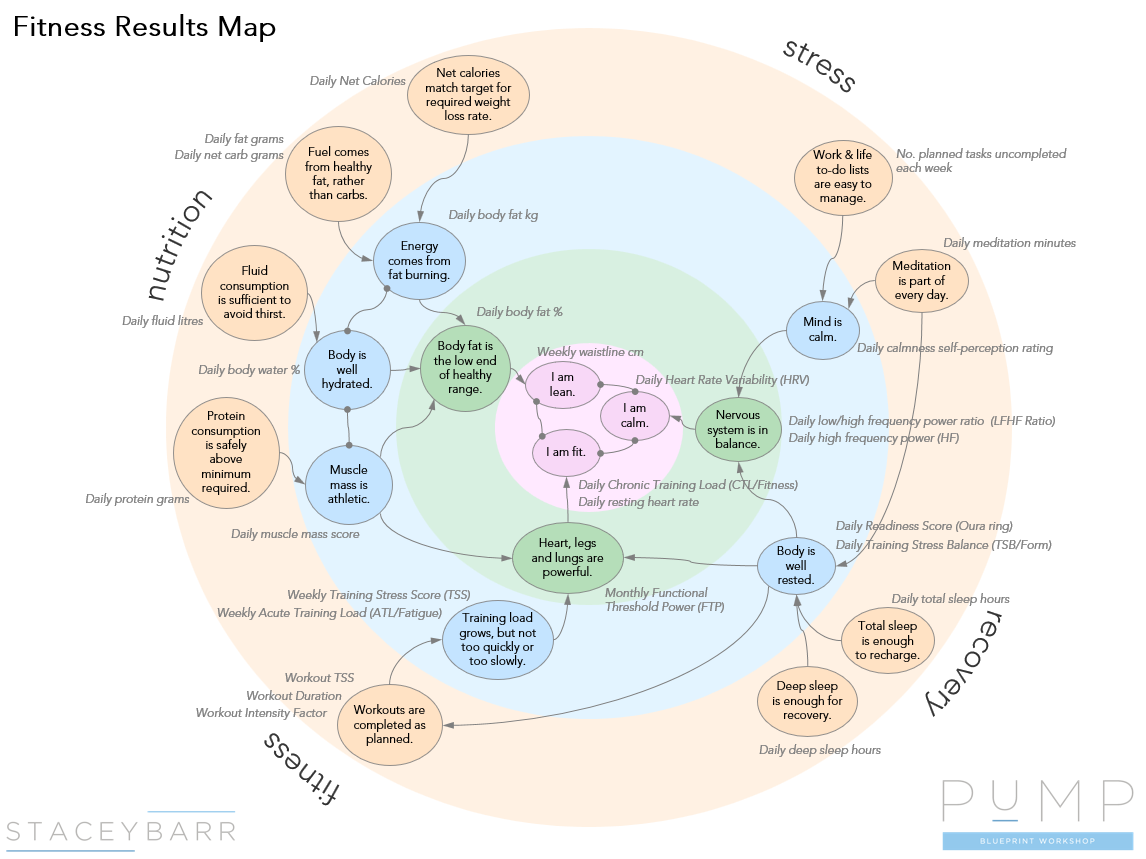What’s the Point of Using XmR Charts For Lag Measures?
by Stacey Barr |We can’t directly change the performance of a lag measure or indicator. So is there any point looking at their signals, or should we just focus on lead measures?

A lot of weekend warriors (and professional athletes) measure their Chronic Training Load (CTL), a well accepted measure of fitness. CTL is a lag measure that isn’t within the direct control of just one process, like how hard we push in a workout. But it absolutely can be influenced by a range of lead measures that are within our direct control, like training frequency, intensity and duration.
So, if we only have control over the lead measures, is there any point monitoring the lag measure? Of course! It seems obvious that we’re trying to improve our fitness, and CTL is a measure of that. We want to find out the best way to balance the lead measures of our training, to get the biggest improvement in our fitness. And if we measure both the lead and the lag measures, we can more objectively see how changes in our training create changes in our fitness.
And we can dig another layer deeper, too. Sometimes we’re not feeling strong enough to make a workout as intense or as long as we’d planned. This might be because we’re too tired from work, or we’re not getting enough deep sleep, or our nutrition isn’t fueling us enough. If we measure these things, we have another layer of lead indicators for our training quality. And on it goes.
In fact, it can become as complex as this… a Results Map for personal fitness:
[click here for a larger image]
Measures live in hierarchies (or, better, in systems) and the relationships between and among them is what gives us the power to diagnose and treat performance of the lag measures. But all measures need to be monitored, because if we can’t see their signals of change, we cannot correlate those signals with the causes.
We don’t monitor a measure in a process control chart (like the XmR chart) in order to control it. No, we monitor a measure to know if our action has influenced it. So every measure, lead or lag, should be monitored so we can see and correlate signals, and learn about the actions that worked and the actions that didn’t.
Even if we cannot control a measure (like lag indicators), we still monitor it to learn how to better influence it (through lead indicators). [tweet this]
Connect with Stacey
Haven’t found what you’re looking for? Want more information? Fill out the form below and I’ll get in touch with you as soon as possible.
167 Eagle Street,
Brisbane Qld 4000,
Australia
ACN: 129953635
Director: Stacey Barr





